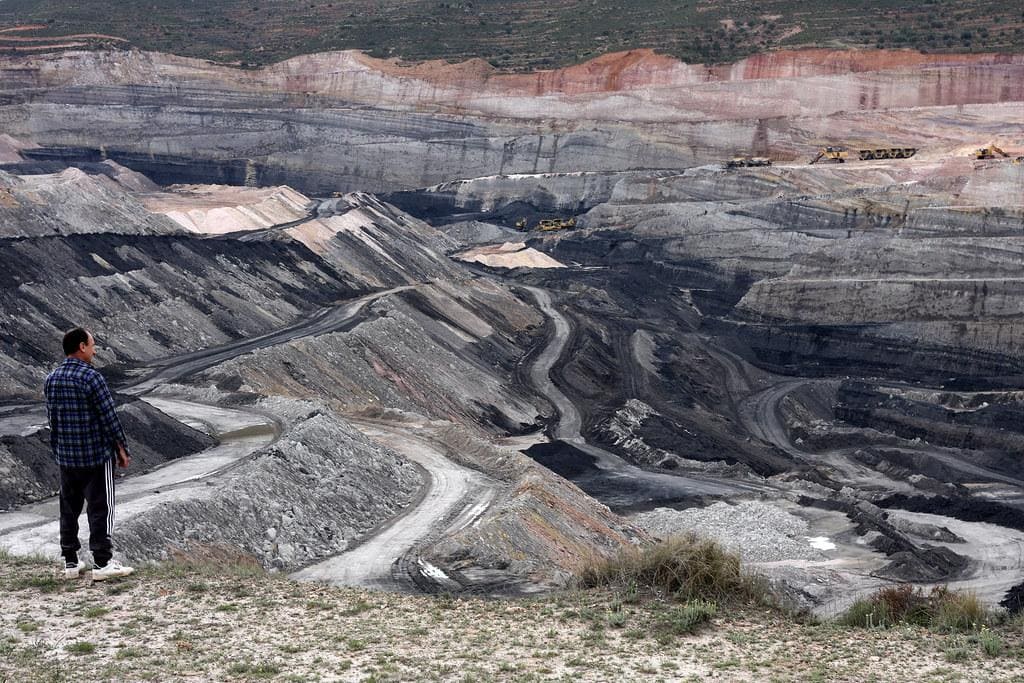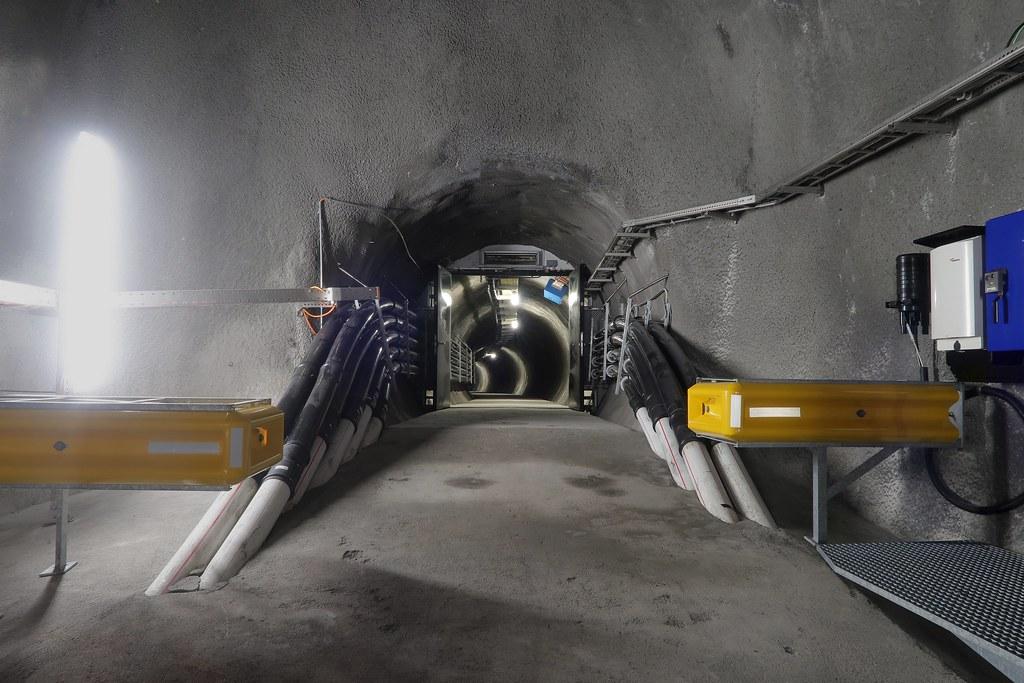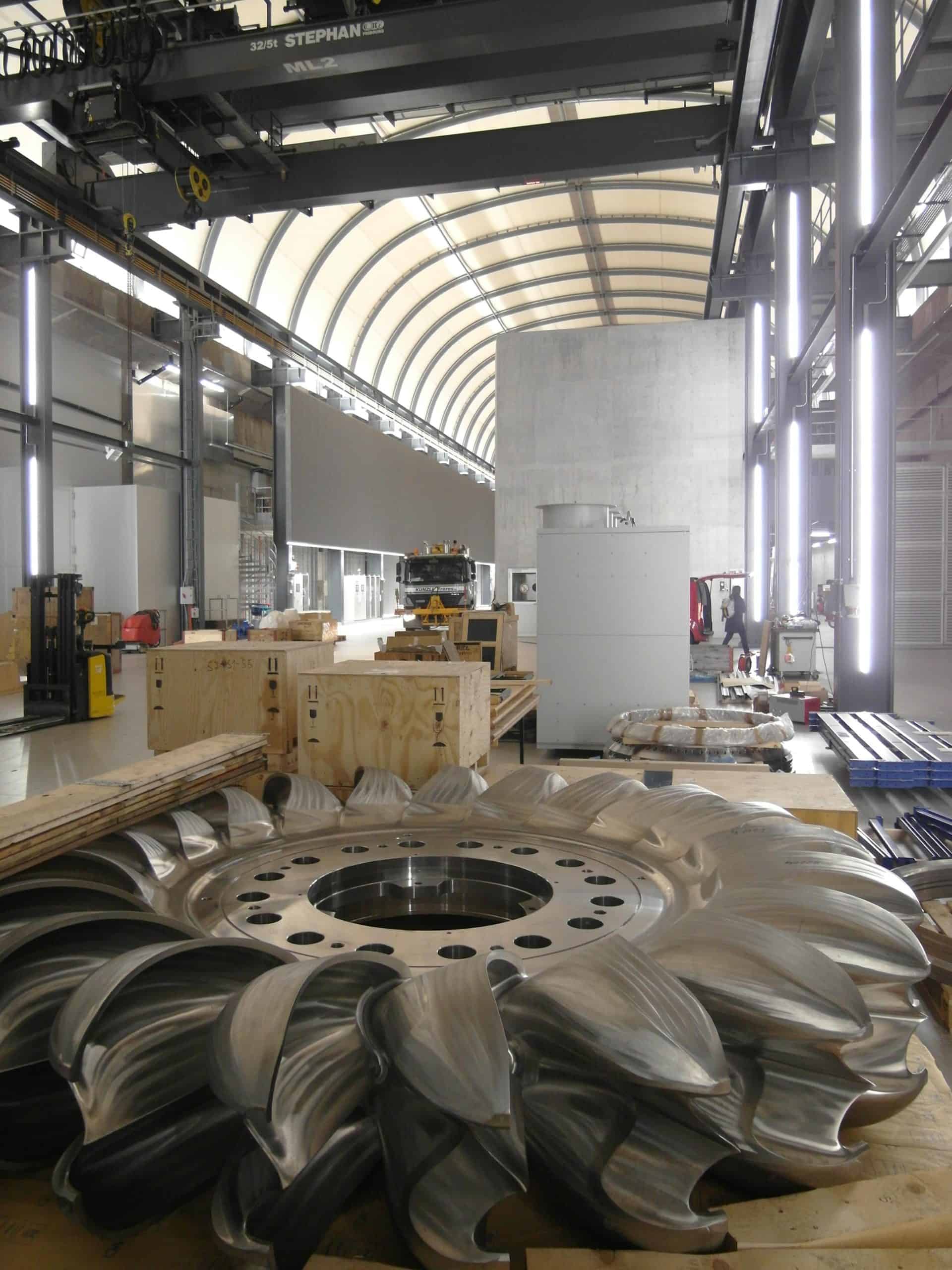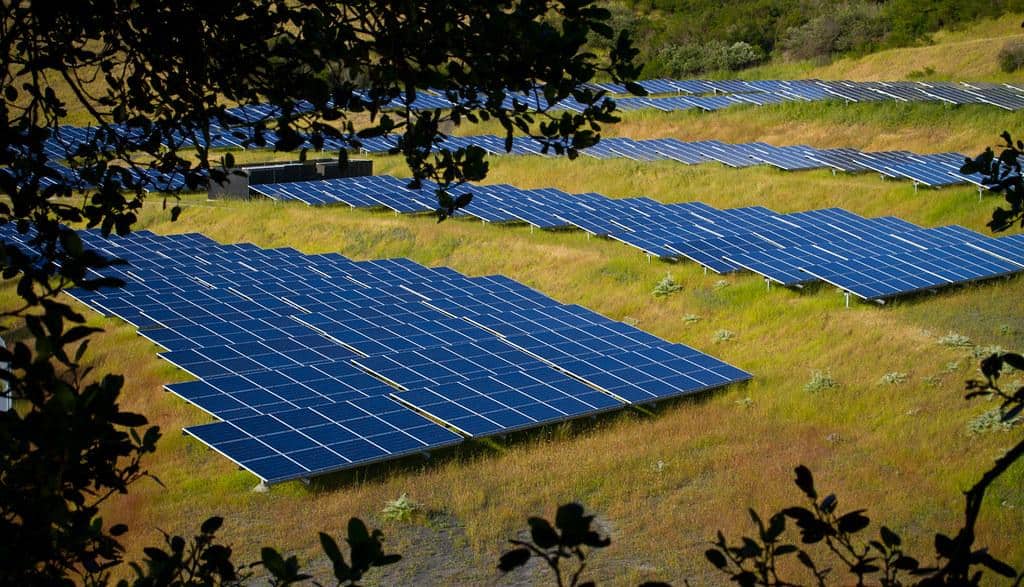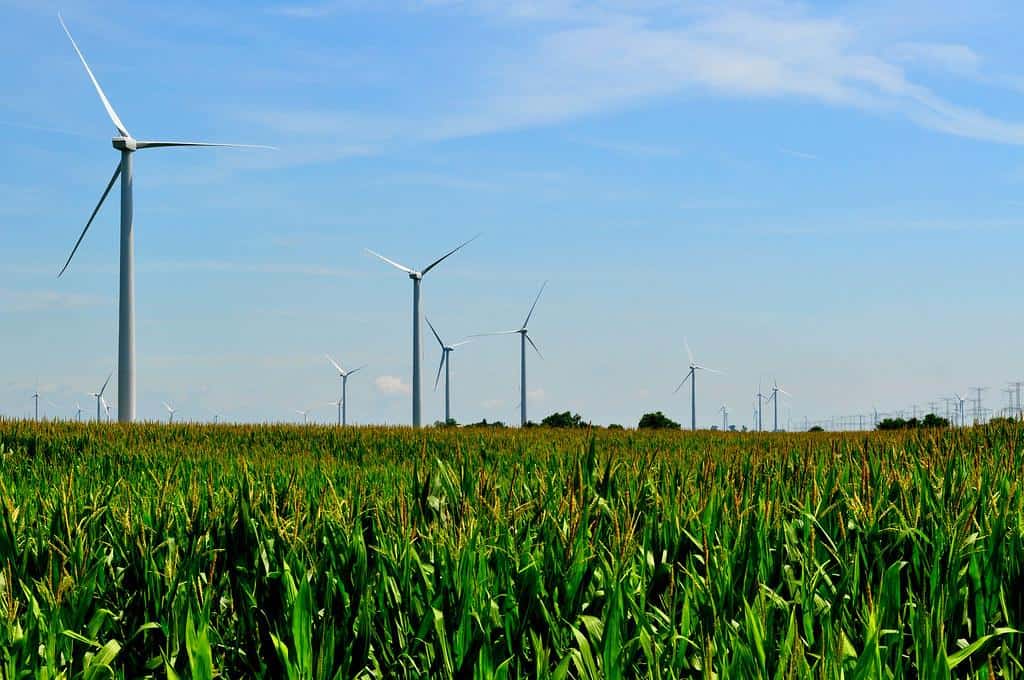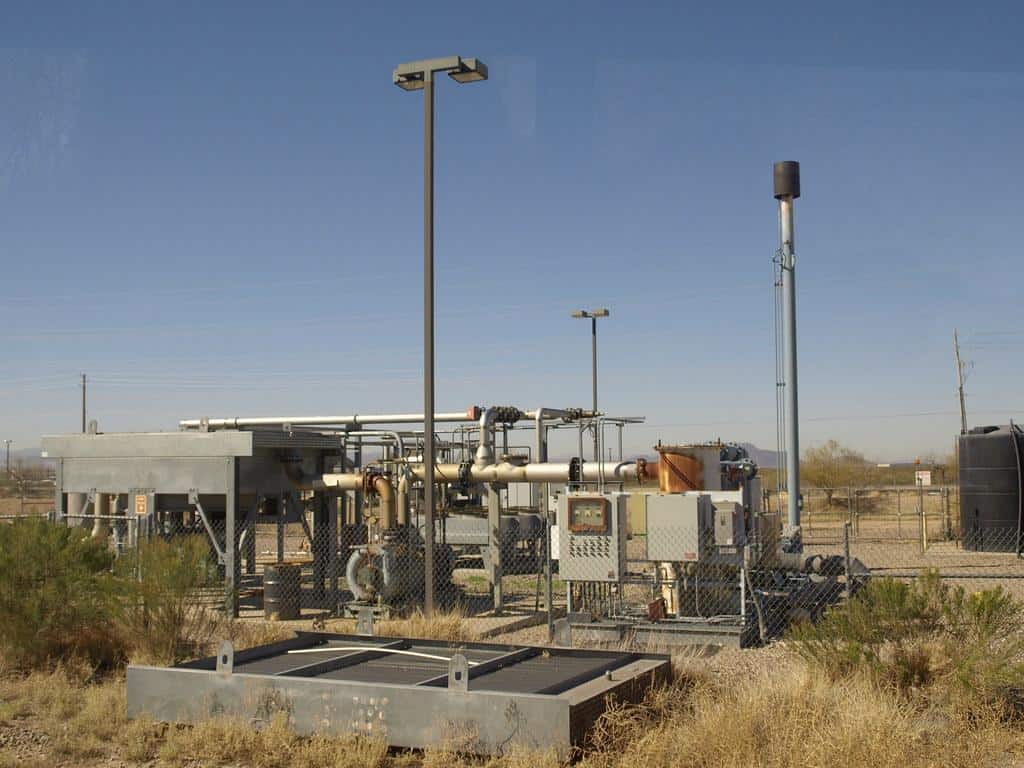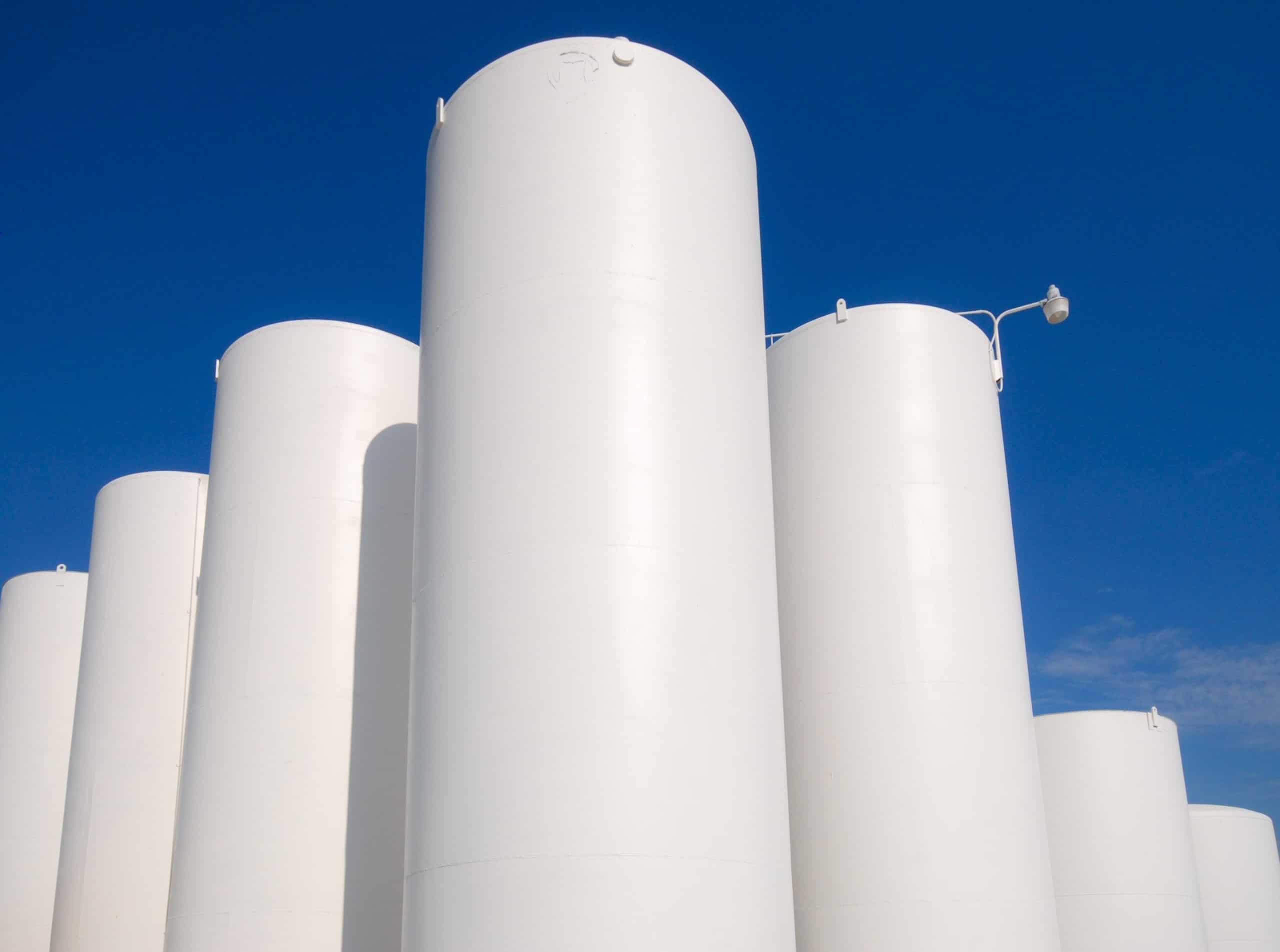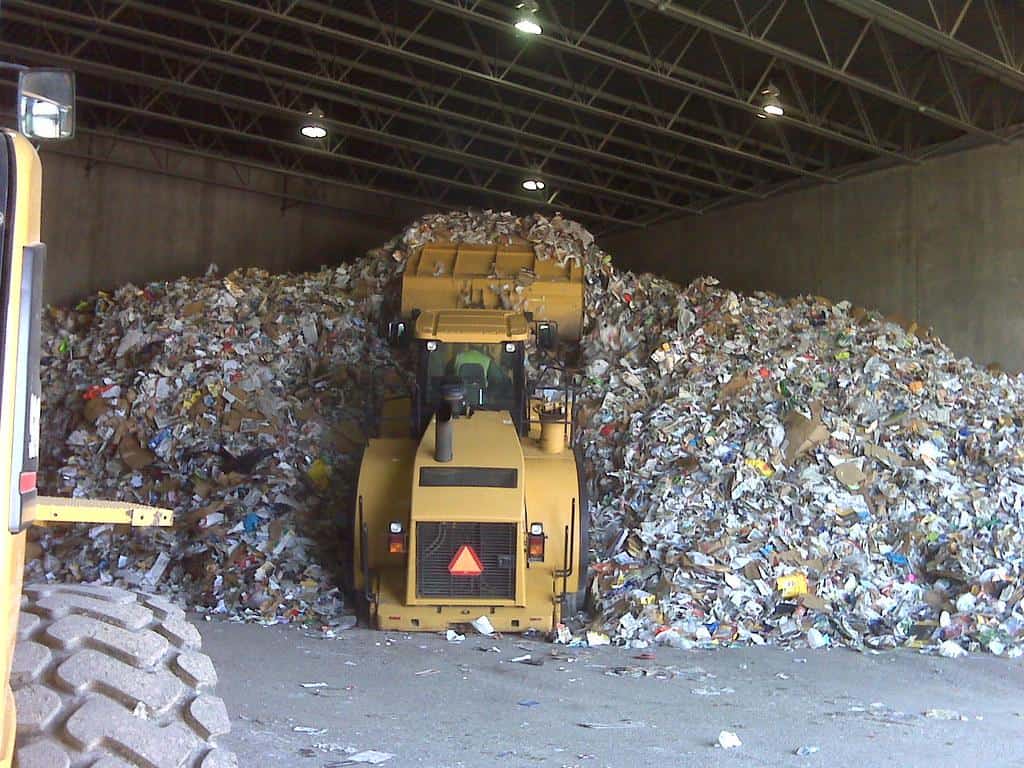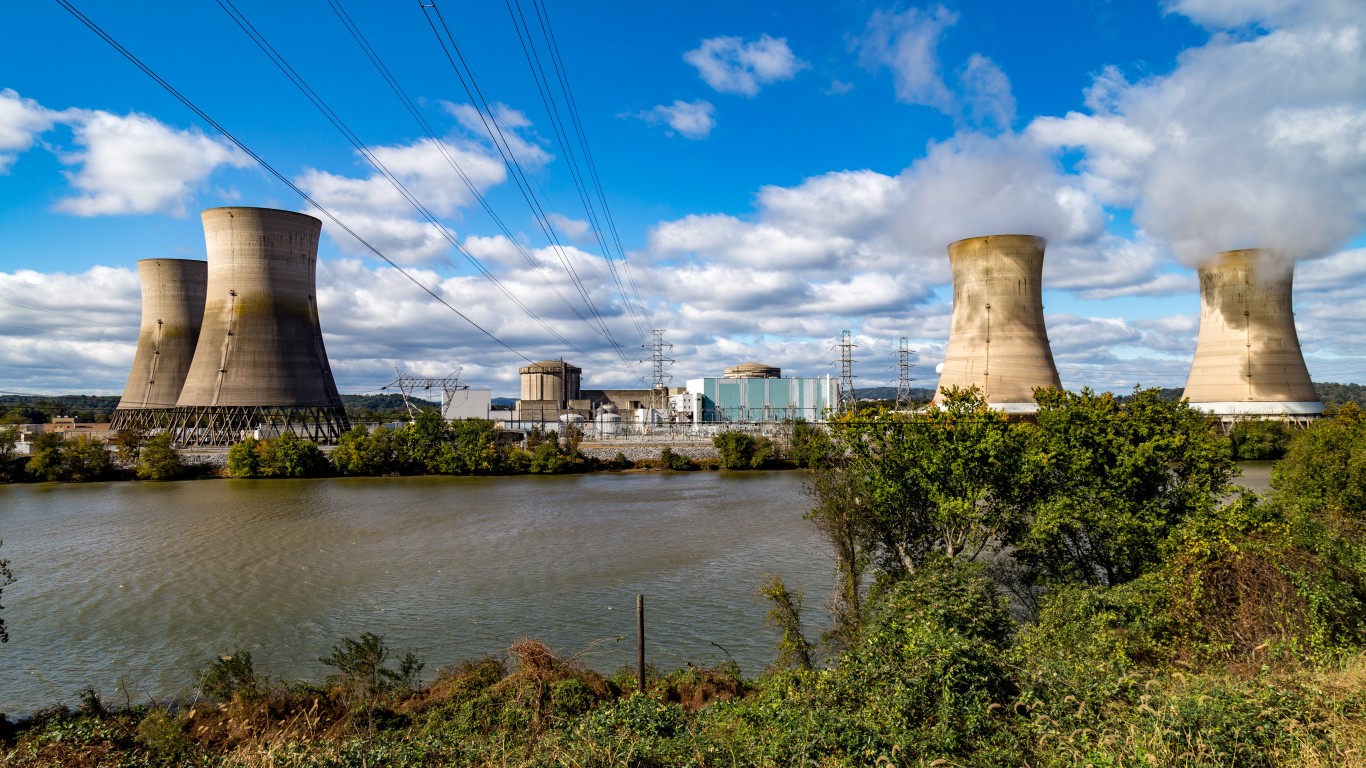
24/7 Wall St. Insights
- To mitigate the effects of climate change, the Biden Administration is aiming to make the U.S. power grid emissions free by 2035.
- However, state governments have broad discretion over their energy policy, while some are prioritizing emissions reduction, others remain heavily dependent on fossil fuels.
- Currently, Pennsylvania stands out as a leader in clean energy production, but remains a heavy polluter.
- Also: 2 Dividend Legends to Hold Forever
The United States is one of the heaviest polluters in the world, and electric power generation is one of America’s heaviest polluting sectors. According to the Environmental Protection Agency, the U.S. emitted over 6.3 billion metric tons of harmful greenhouse gasses in 2022, more than every other country except China — and 25% of those emissions were created by electricity production.
With climate change emerging as a leading global threat, many countries are taking action to reduce emissions. In the United States, President Joe Biden set a goal of achieving an emissions-free power grid by 2035 — largely by cutting U.S. dependence on dirty power sources, like coal, and increasing our reliance on clean, renewable sources. (Here is a look at 11 American companies on the cutting edge of renewable technology.)
In the continuation of a longer term trend, the amount of electricity produced in coal-fired power plants has fallen by over 57% in the United States over the last 10 years, from 1.6 billion megawatt-hours in 2014 to 675.1 million megawatt-hours in 2023. Over the same period, electricity production from wind and solar farms nearly tripled, from 199.3 million megawatt-hours to 586.7 megawatt-hours. The shift has had a meaningful impact, as emissions from electric power generation have fallen by nearly 24% in the U.S. since 2014, according to the U.S. Energy Information Administration.
The federal government has a long way to go to achieve its ambitious energy goals, and doing so will require the cooperation of states. Every state has its own climate, geography, and natural resources — as well as broad authority over energy policy. Given these variables, some states are doing far more to reduce the climate impact of their power grid than others. (Here is a look at the states where carbon emissions are skyrocketing.)
Among the 50 states, Pennsylvania stands out for producing more energy through nuclear power plants than nearly anywhere else. Unlike power plants that run on fossil fuels, nuclear plants do not create harmful greenhouse gas emissions while operating. Nuclear plants also generate power more efficiently than fossil fuel plants, or solar and wind farms, and can produce more electricity in a smaller physical space. However, because they use radioactive materials, each nuclear plant presents a risk of widespread air and water contamination. As a result, they require stringent building codes and highly trained operators. Nuclear facilities also generate waste that can remain radioactive for thousands of years.
Home to the Beaver Valley Power Station in Beaver County, the Peach Bottom Atomic Power Station in York County, the Susquehanna Steam Electric Station in Luzerne County, and the Limerick Generating Station in Montgomery County, Pennsylvania is a national leader in nuclear energy, producing 75.3 million megawatt-hours of electricity in 2023 alone, more than nearly any other state and equal to nearly a third of the state’s energy mix.
Pennsylvania is also heavily dependent on natural gas, however, and partially as a result, its power grid pollutes more than any other state, after only Texas and Florida.
This is how Pennsylvania generates electricity — and how much pollution its power grid produces. Electricity output is measured in megawatt-hours and harmful gas emissions are measured in metric tons. For context, a single megawatt-hour is enough to power an average American home for just over a month, and a metric ton is equal to about 2,205 pounds. All data is from the EIA.
Why It Matters
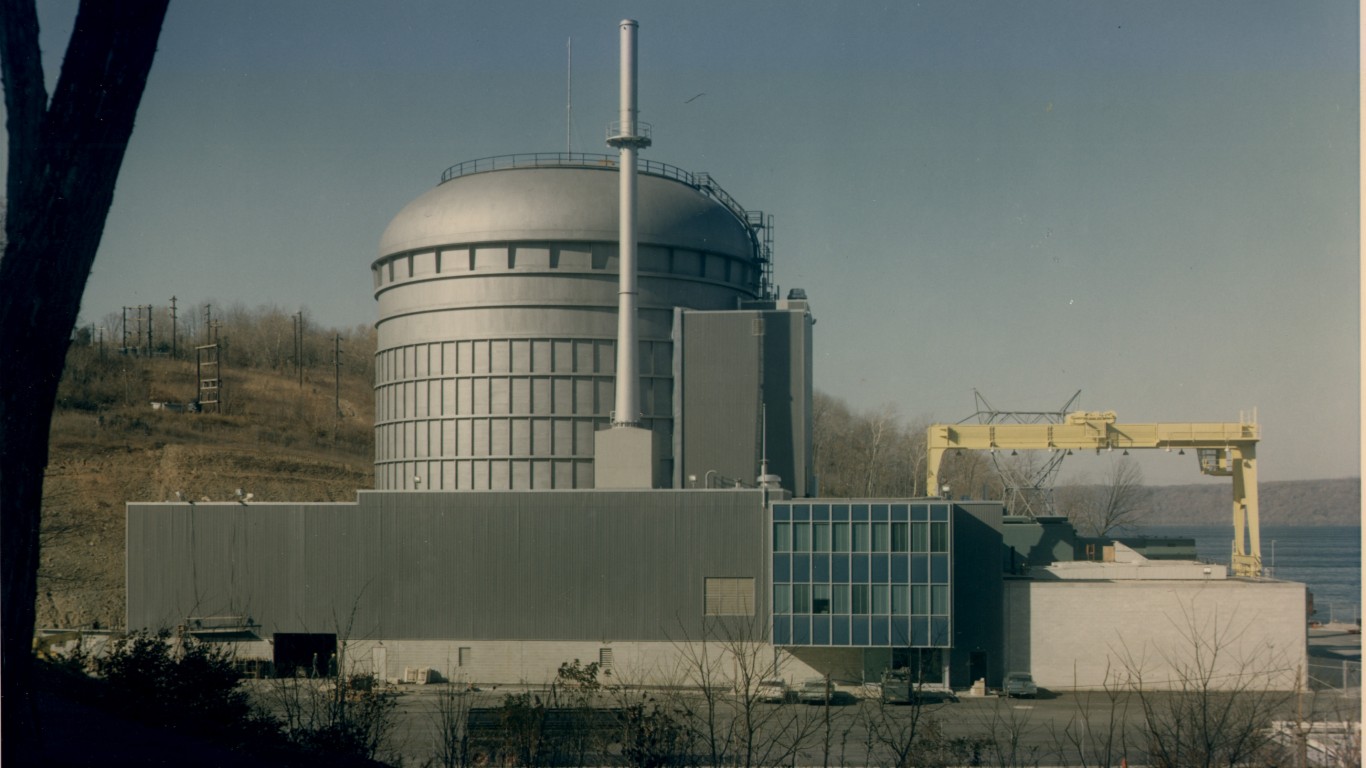
Electricity production is one of the heaviest polluting sectors in the United States. As demand for electricity continues to rise, much of the country is transitioning away from fossil fuels and toward clean and renewable energy sources to meet the Biden Administration’s climate change mitigation goals. Pennsylvania generates more electric power from nuclear reactors, which do not emit harmful gasses, than nearly every other state. However, due to its reliance on natural gas and its use of coal, Pennsylvania is also one of the heaviest polluters.
Coal
- Net-electricity production in 2023: 12.8 million megawatt-hours
- Coal as share of Pennsylvania’s power grid: 5.44% of net-electricity production
- Harmful gas emissions from coal in 2022: 25.3 million metric-tons of nitric oxide, nitrogen dioxide, carbon dioxide, and sulfur dioxide
- Coal as share of harmful gas emissions from electricity production in Pennsylvania: 32.55%
- Pennsylvania’s coal infrastructure in 2023: 17 generators, 15 facilities
Hydroelectric
- Net-electricity production in 2023: 2.8 million megawatt-hours
- Hydroelectric as share of Pennsylvania’s power grid: 1.18% of net-electricity production
- Harmful gas emissions from hydroelectric in 2022: None
- Hydroelectric as share of harmful gas emissions from electricity production in Pennsylvania: 0%
- Pennsylvania’s hydroelectric infrastructure in 2023: 63 generators, 18 facilities
Natural gas
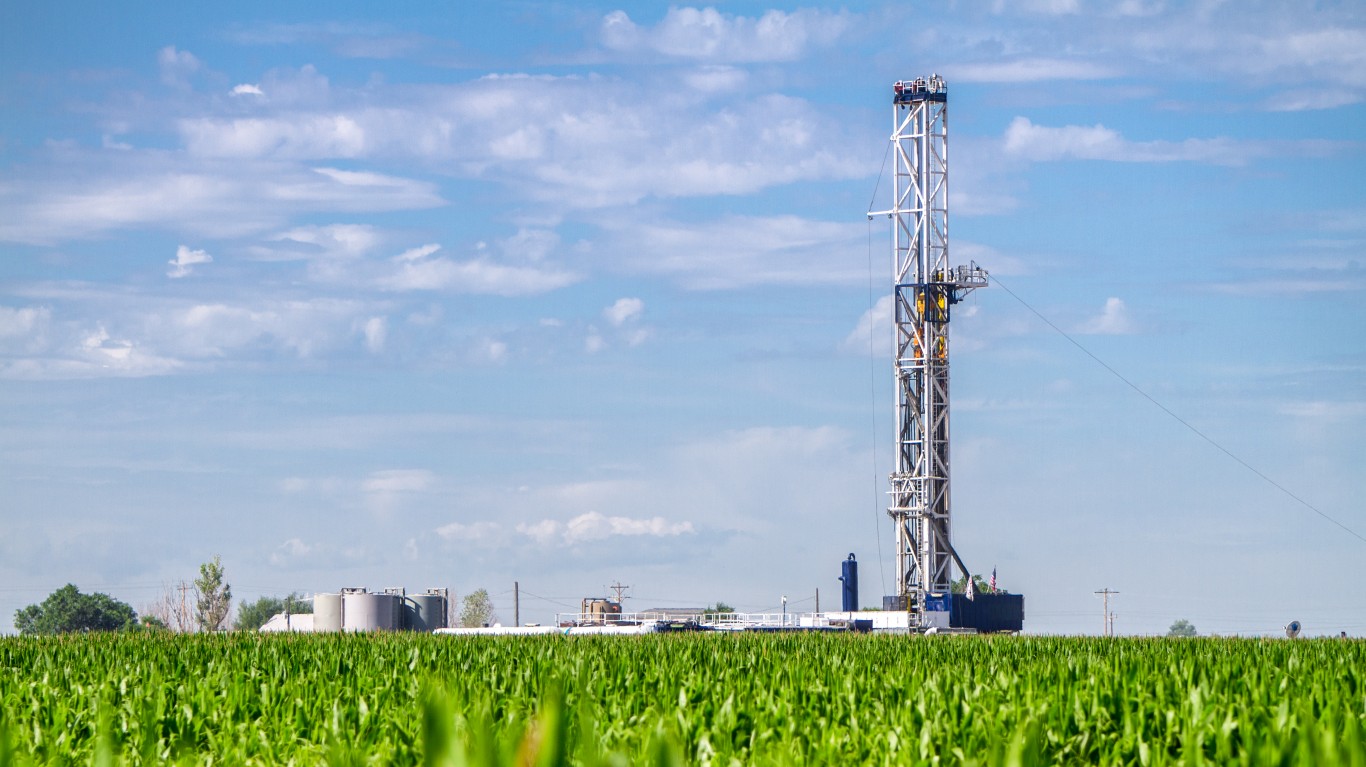
- Net-electricity production in 2023: 139.3 million megawatt-hours
- Natural gas as share of Pennsylvania’s power grid: 59.03% of net-electricity production
- Harmful gas emissions from natural gas in 2022: 50.6 million metric-tons of nitric oxide, nitrogen dioxide, carbon dioxide, and sulfur dioxide
- Natural gas as share of harmful gas emissions from electricity production in Pennsylvania: 65.13%
- Pennsylvania’s natural gas infrastructure in 2023: 221 generators, 70 facilities
Nuclear
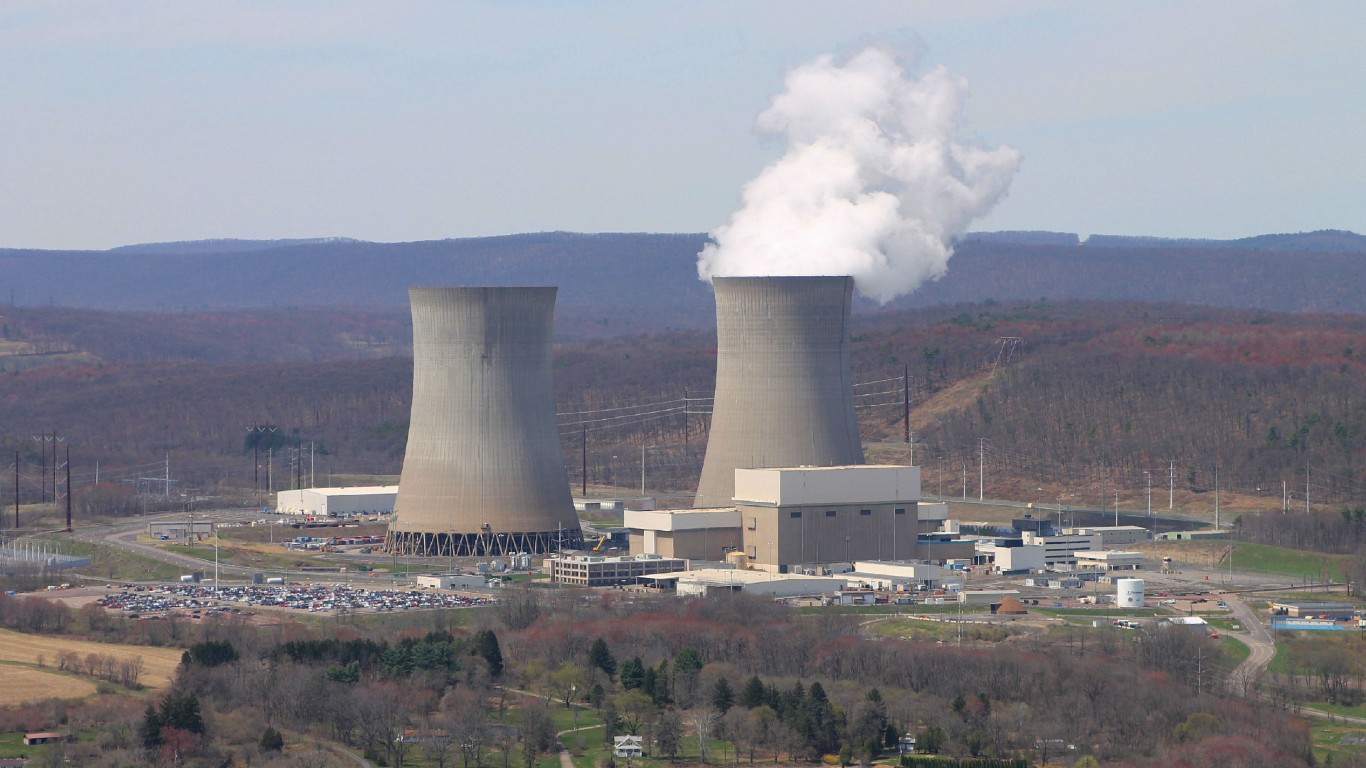
- Net-electricity production in 2023: 75.3 million megawatt-hours
- Nuclear energy as share of Pennsylvania’s power grid: 31.92% of net-electricity production
- Harmful gas emissions from nuclear energy in 2022: None
- Nuclear energy as share of harmful gas emissions from electricity production in Pennsylvania: 0%
- Pennsylvania’s nuclear energy infrastructure in 2023: 8 generators, 4 facilities
Petroleum
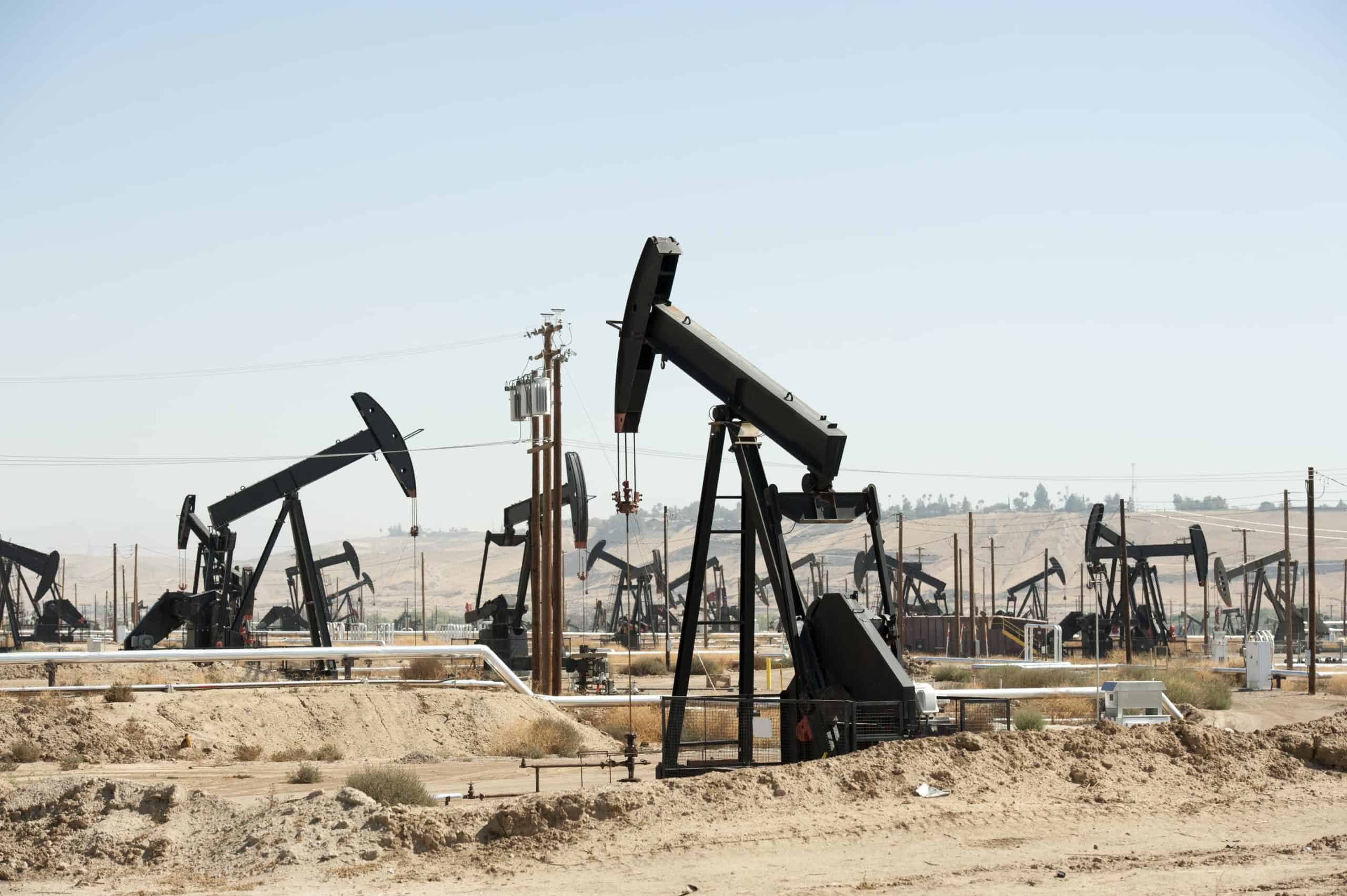
- Net-electricity production in 2023: 48,868 megawatt-hours
- Petroleum as share of Pennsylvania’s power grid: 0.02% of net-electricity production
- Harmful gas emissions from petroleum in 2022: 268,219 metric-tons of nitric oxide, nitrogen dioxide, carbon dioxide, and sulfur dioxide
- Petroleum as share of harmful gas emissions from electricity production in Pennsylvania: 0.35%
- Pennsylvania’s petroleum infrastructure in 2023: 109 generators, 36 facilities
Pumped storage
- Net-electricity production in 2023: -904,821 megawatt-hours
- Pumped storage as share of Pennsylvania’s power grid: -0.38% of net-electricity production
- Harmful gas emissions from pumped storage in 2022: None
- Pumped storage as share of harmful gas emissions from electricity production in Pennsylvania: 0%
- Pennsylvania’s pumped storage infrastructure in 2023: 10 generators, 2 facilities
Solar (thermal and photovoltaic)
- Net-electricity production in 2023: 360,500 megawatt-hours
- Solar as share of Pennsylvania’s power grid: 0.15% of net-electricity production
- Harmful gas emissions from solar in 2022: None
- Solar as share of harmful gas emissions from electricity production in Pennsylvania: 0%
- Pennsylvania’s solar infrastructure in 2023: 52 generators, 49 facilities
Wind
- Net-electricity production in 2023: 3.3 million megawatt-hours
- Wind as share of Pennsylvania’s power grid: 1.38% of net-electricity production
- Harmful gas emissions from wind in 2022: None
- Wind as share of harmful gas emissions from electricity production in Pennsylvania: 0%
- Pennsylvania’s wind infrastructure in 2023: 27 generators, 27 facilities
Wood and wood derived fuels
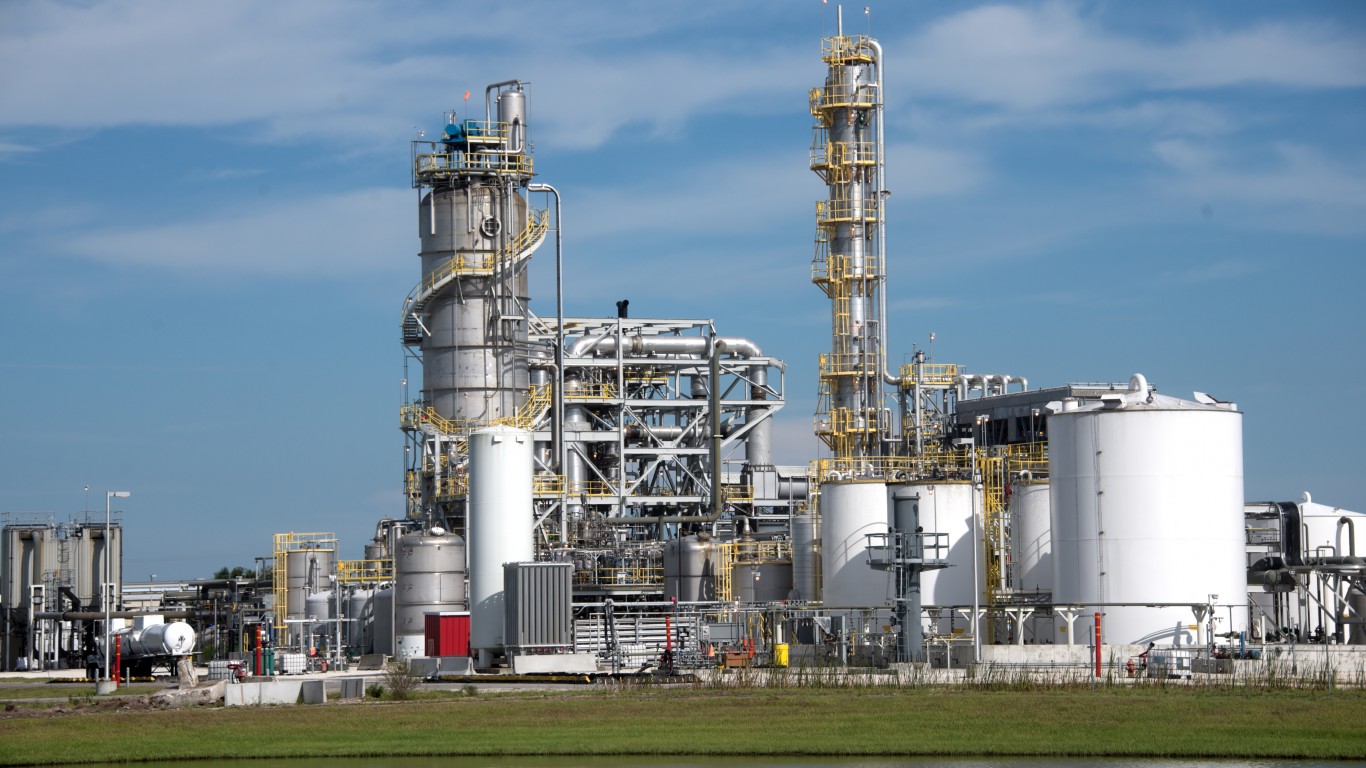
- Net-electricity production in 2023: 265,412 megawatt-hours
- Wood fuels as share of Pennsylvania’s power grid: 0.11% of net-electricity production
- Harmful gas emissions from wood fuels in 2022: 3,385 metric-tons of nitric oxide, nitrogen dioxide, carbon dioxide, and sulfur dioxide
- Wood fuels as share of harmful gas emissions from electricity production in Pennsylvania: 0%
- Pennsylvania’s wood fuels infrastructure in 2023: 2 generators, 2 facilities
Other biomass (incl. agricultural byproducts, landfill gas, and sludge waste)
- Net-electricity production in 2023: 1.3 million megawatt-hours
- Other biomass as share of Pennsylvania’s power grid: 0.54% of net-electricity production
- Harmful gas emissions from other biomass in 2022: 5,412 metric-tons of nitric oxide, nitrogen dioxide, carbon dioxide, and sulfur dioxide
- Other biomass as share of harmful gas emissions from electricity production in Pennsylvania: 0.01%
- Pennsylvania’s other biomass infrastructure in 2023: 108 generators, 29 facilities
Other gasses (incl. propane, blast furnace gas, and waste gas from fossil fuels)
- Net-electricity production in 2023: 577,524 megawatt-hours
- Other gasses as share of Pennsylvania’s power grid: 0.24% of net-electricity production
- Harmful gas emissions from other gasses in 2022: 254 metric-tons of nitric oxide, nitrogen dioxide, carbon dioxide, and sulfur dioxide
- Other gasses as share of harmful gas emissions from electricity production in Pennsylvania: 0%
- Pennsylvania’s other gasses infrastructure in 2023: 5 generators, 2 facilities
Other (incl. municipal solid waste, batteries, chemicals, and hydrogen)
- Net-electricity production in 2023: 873,958 megawatt-hours
- All other sources as share of Pennsylvania’s power grid: 0.37% of net-electricity production
- Harmful gas emissions from all other sources in 2022: 1.5 million metric-tons of nitric oxide, nitrogen dioxide, carbon dioxide, and sulfur dioxide
- All other sources as share of harmful gas emissions from electricity production in Pennsylvania: 1.96%
- Pennsylvania’s all other sources infrastructure in 2023: 4 generators, 4 facilities
All sources

- Net-electricity production in 2023: 235.9 million megawatt-hours
- Harmful gas emissions from all sources in 2022: 77.6 million metric-tons of nitric oxide, nitrogen dioxide, carbon dioxide, and sulfur dioxide
- Pennsylvania’s all sources infrastructure in 2023: 626 generators, 246 facilities
In 20 Years, I Haven’t Seen A Cash Back Card This Good
After two decades of reviewing financial products I haven’t seen anything like this. Credit card companies are at war, handing out free rewards and benefits to win the best customers.
A good cash back card can be worth thousands of dollars a year in free money, not to mention other perks like travel, insurance, and access to fancy lounges.
Our top pick today pays up to 5% cash back, a $200 bonus on top, and $0 annual fee. Click here to apply before they stop offering rewards this generous.
Flywheel Publishing has partnered with CardRatings for our coverage of credit card products. Flywheel Publishing and CardRatings may receive a commission from card issuers.
Thank you for reading! Have some feedback for us?
Contact the 24/7 Wall St. editorial team.
